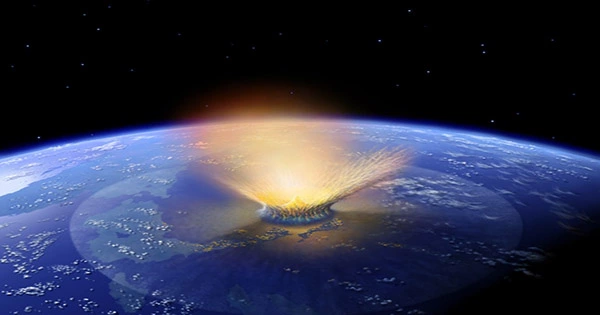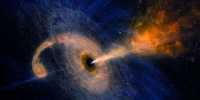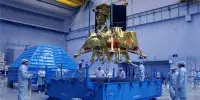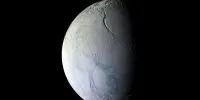Researchers believe that tiny particles of dust from a “great space cushion” that is nearly as old as the solar system may hold new secrets for preventing catastrophic asteroid crashes with Earth.
Three minuscule dust particles, each little bigger than a hair, found on the 500-meter-long asteroid Itokawa reveal that some of these space rocks are older and more durable than previously believed.
Itokawa, an asteroid that resembles a peanut, is considered to be potentially hazardous since it might approach Earth dangerously near and do substantial harm in the event of a collision.
Itokawa is 10 times older than solid asteroids of comparable size, according to a study that was published in the Proceedings of the National Academy of Sciences. Itokawa formed more than 4.2 billion years ago. In contrast, the solar system is 4.57 billion years old.
Itokawa is an asteroid that forms into a pile of debris after two solid asteroids crash and the ensuing pieces combine to form new formations. They are held together by the gravitational pull of the many elements that make them up, which include rocks, dust, pebbles, and a void.
The lifespan of solid asteroids is estimated to be several hundred million years, during which time they are continually crushed by collisions.
The authors of the study concluded that “such a long asteroid survival time is linked to the shock-absorbent characteristic of debris pile material and shows that rubble piles are hard to remove once they are generated.”
The study’s first author, Professor Fred Jourdan of Curtin University’s faculty of earth and planetary sciences, said, “We were really startled. That’s incredibly, extremely ancient, and I’m certain that some of my coworkers won’t even believe it.
Jourdan told AFP, “It’s like a gigantic space cushion, and cushions are amazing at absorbing stress.”
Because they can withstand the repeated beating they receive, rubble-pile asteroids are probably much more common than previously thought. That might imply that we require new approaches to deal with asteroids that are headed directly for Earth, according to Jourdan.
NASA’s most recent Dart test shown that asteroids like Itokawa can be pushed off course, although doing so would likely need many years’ worth of lead time.
A new strategy would be needed if an asteroid was only a few weeks away from striking Earth. According to Jourdan, if an asteroid were to be discovered too late to deflect its direct impact, a nuclear explosion could be necessary.
He refers to the 1998 science fiction film “Armageddon” and remarks, “It’s not ‘Armageddon’-style'” when he blows it up. The asteroid should be moved out of the way by the shock wave without being destroyed.
Although it is a broad conclusion to make from such tiny dust specks, each one is examined at the atomic level.
Of order to identify deformations brought on by the collision that gave rise to Itokawa, the scientists examined the crystal structures in the samples. By monitoring the decomposition of potassium into argon, they were able to date the samples.
Because the machines are measuring and counting atoms, Jourdan explained, “we can get large stories like that out of [something] very, very small.” Every grain has a unique tale to share.
The three Itokawa dust samples were initially gathered by the Hayabusa 1 spacecraft of the Japanese Space Agency in 2005.
Five years later, the samples were delivered back to Earth. Since then, they and hundreds of other particles from Itokawa have been analyzed by scientists in search of hints.
















